Verticillium stripe disease research conclusions fuel improved identification knowledge and initial disease management recommendations.
Read moreIdentify verticillium stripe as the first step to effective management
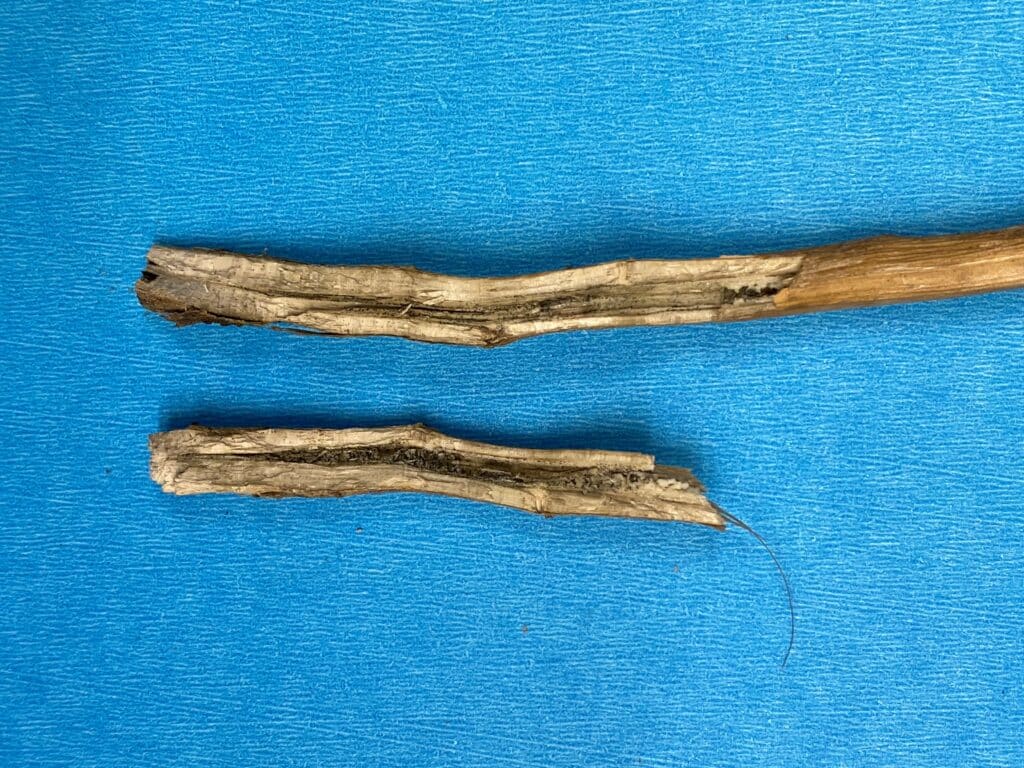

Verticillium stripe disease research conclusions fuel improved identification knowledge and initial disease management recommendations.
Read more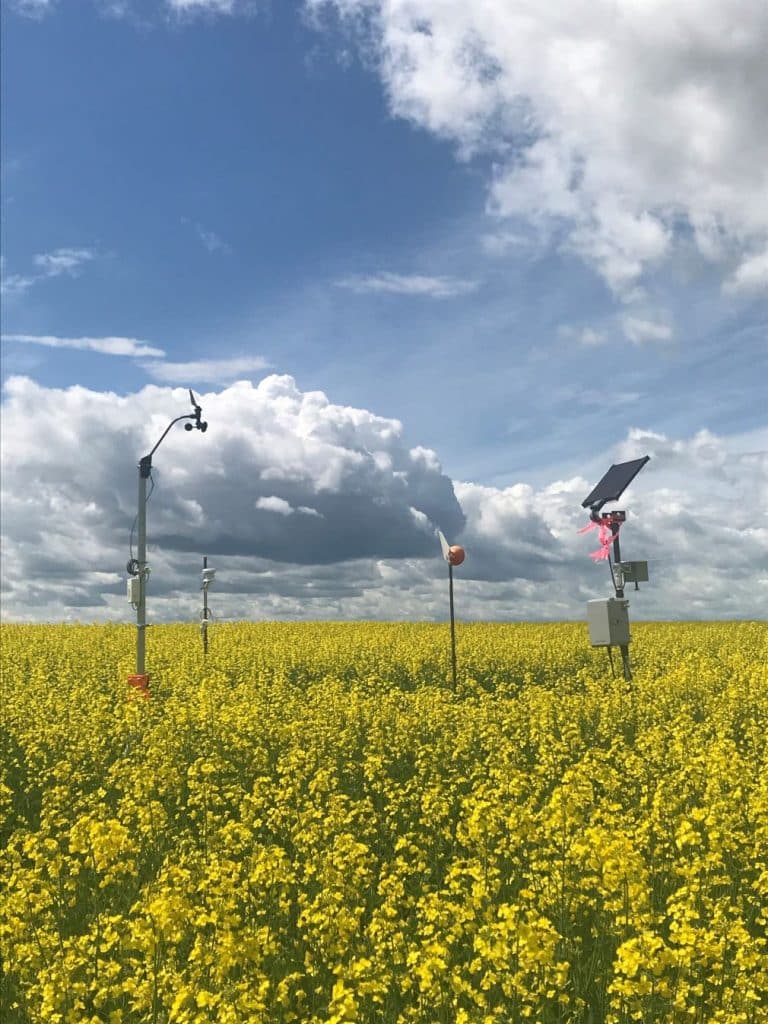
Photo credit: Eleanor McBain Sclerotinia stem rot is a major disease of canola that continues to be a challenge to manage- largely due to its difficulty to predict. This blog…
Read more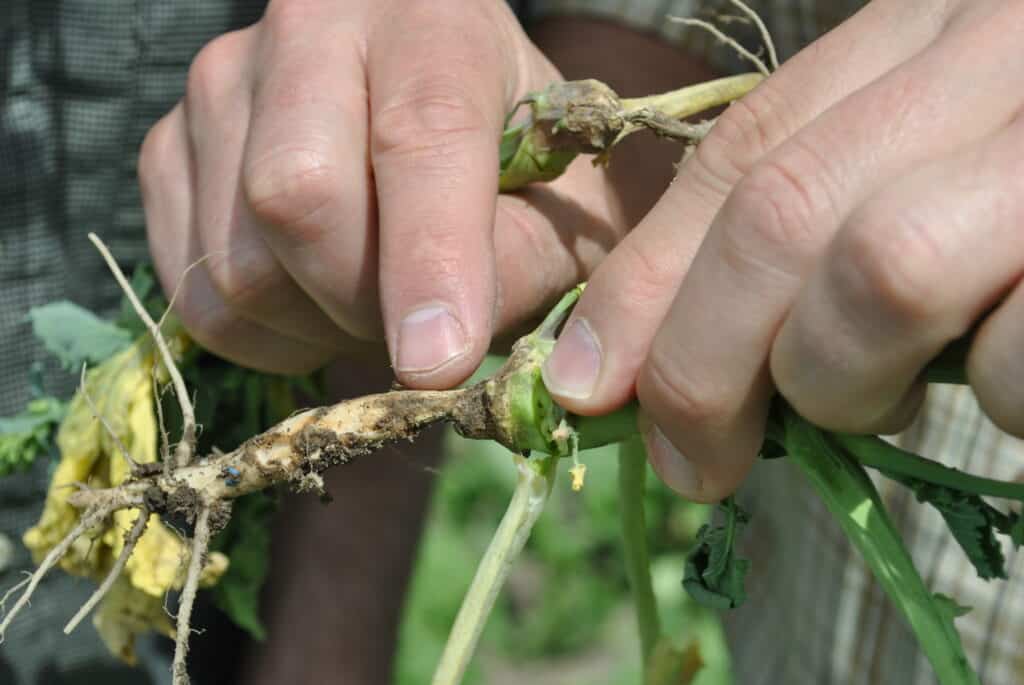
These ten projects funded through the Sustainable Canadian Agricultural Partnership focus on achieving canola agronomic solutions.
Read more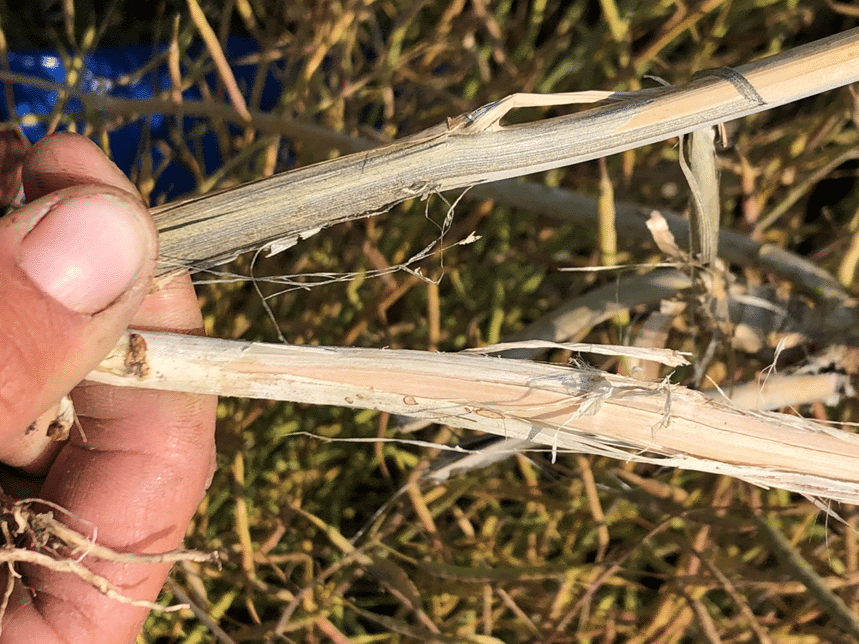
The 13 Canola Agronomic Research Program (CARP) projects selected investigate management solutions related blackleg, clubroot, flea beetles, midges, sclerotinia, verticillium stripe and other biotic and abiotic threats work. The project…
Read more
Check out 2023 insect survey maps, recall available resources, and plan to support monitoring efforts to prepare for the 2024 growing season.
Read more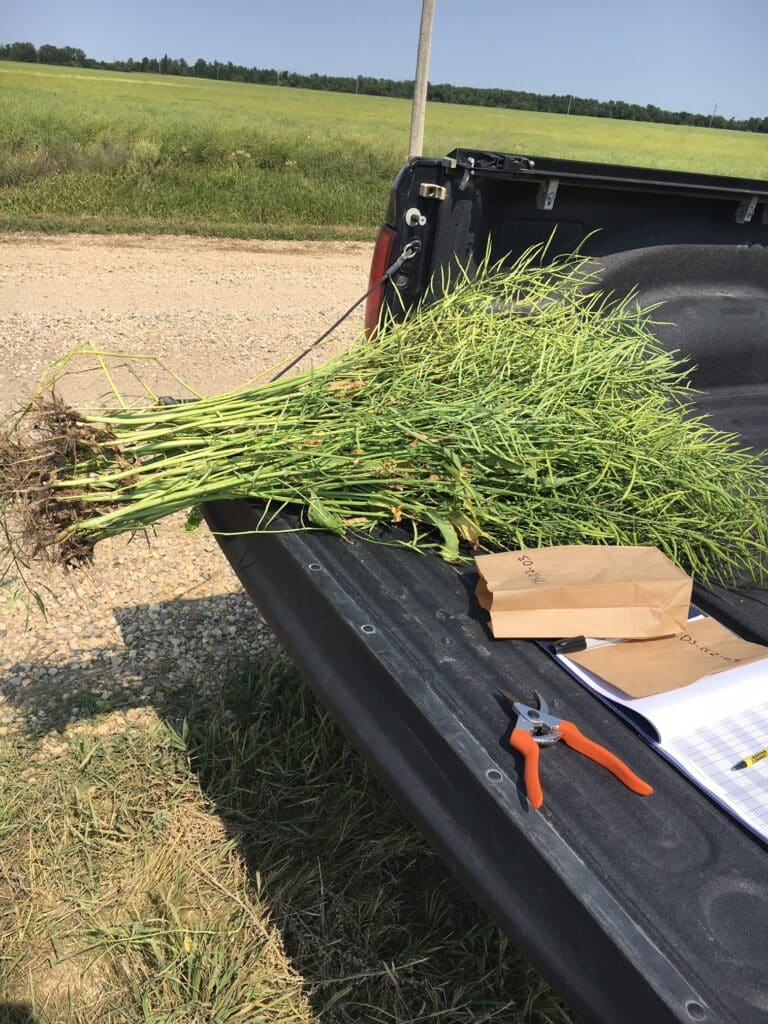
Consider the diseases pressures that impacted canola in 2023 and how this can inform improved canola production management choices in 2024.
Read more